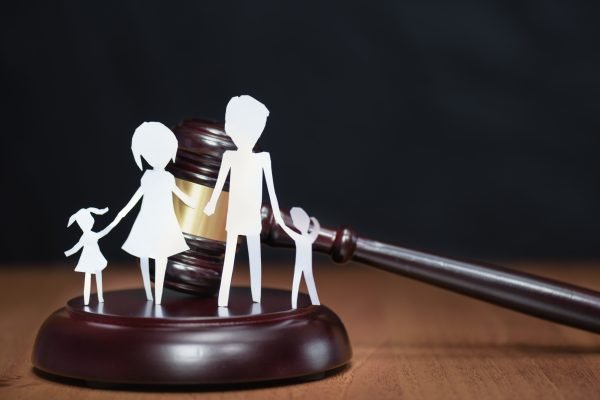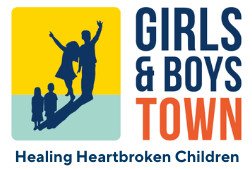- Staff login / Hotline
- 0861 58 58 58
Legal corner: Understanding the Children’s Courts

The rights, development, well-being, care and safety of South African children and youth is governed by the Constitution and various laws – and quite a few of them are relevant to our work at Girls and Boys Town South Africa. This “Legal Corner” column will unpack some of these pertinent legal instruments.
Understanding the Children’s Courts
In our newsletters and in other communications, we often state that the youth enter into the care of GBTSA through the Children’s Court. So, what is this court, how does it work and where can you find one if needed?
The Children’s Act 38 of 2005 is the legislation that governs the establishment, jurisdiction and operations of the children’s court. The Act is currently undergoing a parliamentary amendment process which among other intended changes includes extending the jurisdiction of the Children’s Court.
The first thing to note is that the Children’s Court is not a criminal court and matters of criminal nature are referred to the appropriate criminal court. Rather, the Children’s Court is a special child-friendly legal space that deals with the protection of children and is an environment within which a minor feels safe and enabled to express herself. This court’s purpose is to champion the rights and well-being of children and to take care of children who have suffered neglect, abuse or abandonment by their birth or foster family, or another individual or entity with a responsibility to act as a primary guardian.
Matters that the Children’s Court may hear and which are most frequently and closely related to GBTSA’s work include the protection of the well-being of the child, his/her care and contact, determining whether there is neglect, abuse or exploitation of the child – and decisions surrounding alternative care such as placing the child in a youth care centre like Girls and Boys Town South Africa.
Other matters may refer to adoptions, parental agreements if not part of a divorce and establishing who is the child’s biological father.
Anyone can approach the Children’s Court which is actually part of a magistrate’s court – and most South African cities and towns have one of these. Certain individuals like teachers, healthcare and social workers, lawyers and ministers of religion, have a special duty to report suspected cases of child neglect or harm to the Children’s Court.
Based on the initial report and available evidence, the process usually entails appointing a social worker who represents the child’s interests and ensures the child’s temporary safety while assisting to ascertain the merits of the reported case.
Thereafter, the Children’s Court will hold closed hearings as the entry to the court room is carefully determined in order to prevent further risk to the child. The child may give evidence from another room via video or with assistance of the lawyer.
Upon completion of hearings, the Children’s Court can pronounce different orders – and these may entail placing the child under alternative care. In other words, it is through this process that most of the young residents of Girls and Boys Town South Africa come into temporary care of our and similar organisations.
It is also relevant that most of the youth arrive to GBTSA in a highly vulnerable state, and often with physical and psychological wounds. Hence, our role and calling is to help them to heal and to build their health, strength and skills and often to restore their trust in society before they can confidently leave our residences and re-enter a family and community beyond Girls and Boys Town South Africa.
